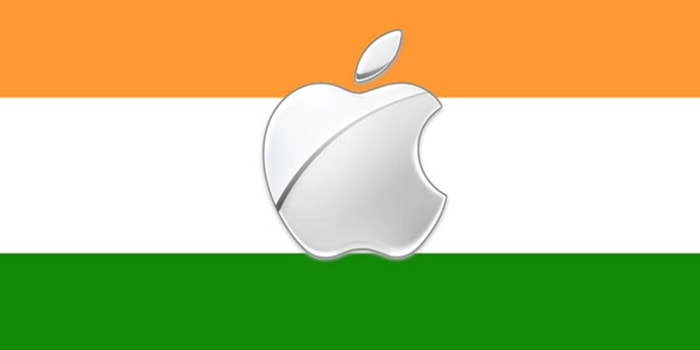Apple products may be the apple of the consumers’ eye, but its prices are more than often a deterrent in the path of consumer desire. In the past, the issue of Apple’s pricing in India has been a challenge faced by the Cupertino, California-based company in penetrating the Indian market effectively.
Despite concerted efforts to expand its footprint in the country, Apple struggled to capture a sizable market share, largely due to its premium pricing model. But things are changing in favour of the tech giant, as it seems to move deeper into the Indian market.
Despite concerted efforts to expand its footprint in the country, Apple struggled to capture a sizable market share, largely due to its premium pricing model. But things are changing in favour of the tech giant, as it seems to move deeper into the Indian market
Apple has often found itself grappling with its pricing strategy when it comes to India. The tech giant’s premium products, known for their sleek designs and cutting-edge technology, have long been coveted status symbols around the world. However, in India, a market characterized by a burgeoning middle class with a keen eye for value, Apple’s lofty price tags have been a significant stumbling block. However, Indian consumers, discerning and value-conscious as they are, love Apple products.
One of the key factors contributing to Apple’s pricing predicament in India is the country’s import duties and taxes, which significantly inflate the cost of its devices. In the past, Apple predominantly relied on imported products rather than manufacturing locally, thereby subjecting its devices to higher tariffs. This results in a price premium that places Apple products only within reach of the luxury segment. Manufacturing locally in India can change this in the long run.
Read more: As the AI boom ups the semiconductor chip market US & China vie for a greater share
As per an exclusive report from Bloomberg News, Apple is now producing approximately one in seven of its marquee devices in India. While this means bad news for China, this also goes to show that the Indian consumer has embraced Apple.
It all started last year. In 2023, Apple topped the Indian smartphone market by revenue. According to data from Counterpoint, India’s smartphone shipments saw growth by 25% YoY in Q4 2023 (October-December). While Realme was the fastest-growing brand with a 69% YoY spike, Xiaomi caught up with an 18% share, and Vivo maintained the second spot in the affordable premium segment (INR 30,000-INR 45,000), Apple led the ultra-premium segment (>INR 45,000) with a 71% share. In fact, the ultra-premium segment in India grew by 51% last year.
And this is all thanks to the iPhone 15, one of the most popular Apple phones in India. The reason, its major upgrades that distinguish it from the iPhone 14. Indian consumers took notice of the iPhone 15, with its fresher features and better design and camera. In fact, the product is currently available at the lowest possible price on Amazon, listed with a starting price tag of INR 72,690. With bank offers, the Indian consumer can become an iPhone 15 owner at an effective price of Rs 66,900.
It’s no wonder that Apple’s reach into the Indian market seems to be becoming stronger. In April, Apple announced a massive employee housing initiative, where it will provide 78,000 homes, especially for its women migrant workers. The initiative aims to construct over 78,000 units, with Tamil Nadu set to receive the highest allocation of 58,000 units. The move emulates similar Apple initiatives in Vietnam and China, where Apple has had its set up.
However, amidst these efforts, discontent brews among some offline mobile retailers in India. Certain retailers are unhappy with Apple’s pricing policies, citing concerns about profit margins and competitive pressures. These retailers, who play a crucial role in reaching consumers across India’s vast and diverse landscape, are advocating for more favourable pricing terms from Apple to better align with market realities.
Recently, the All India Mobile Retails Association (AIMRA) has accused Apple of discriminatory pricing in a letter that talks about how Apple is hurting Indian retail sales with its cashback offers on iPhone 15 Pro and iPhone 15 Pro Max models.
Still, despite such challenges, Apple’s India shift might prove fruitful for all and sundry. Indian consumers pay around 22% import duty for high-end iPhone models. In the future, as manufacturers like Foxconn and Tata Electronics start manufacturing Apple products in higher volume, prices are expected to reduce substantially, and export duty will compensate for the loss of import duty for the Indian government.
Read more: Smart meter uptick could spell big opportunity for IoT
As Apple continues to navigate the complex landscape of Indian retail, the company faces an uphill battle in reconciling its premium brand positioning with the need for affordability in one of the world’s fastest-growing smartphone markets. Only time will tell whether Apple can successfully overcome these challenges and establish a stronger foothold in India’s vibrant and dynamic consumer electronics landscape.












